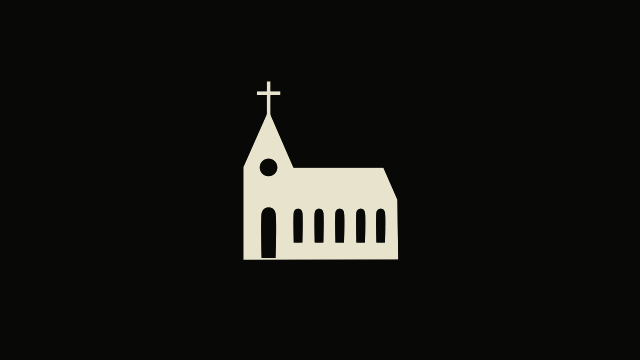A doctor in my family recommended someone at Loyola Medical Center who looked promising. So I called, and while they accept Medicaid, they don’t accept Medicaid managed by Meridian, which is what I have. So I called Illinois Medicaid and asked if I could switch to Molina, and they said no, I’m locked in until April of next year. So I called Meridian, who put me on hold for half an hour and then gave me numbers of nearby medical establishments which aren’t Carle. One of them was a disconnected number, the other, Kirby Med Center in Monticello, has no gynecologists at all. I called an affiliated gynecologist in Peoria, but his office is booked until at least July – and that would just be for an initial appointment.
What I REALLY want is a doctor that actually pays attention and can help me figure out what I should do. I won’t get that through my local med system. I probably won’t get that anywhere. But here’s my last-ditch effort before I resign myself to a life of pain and permanent celibacy (I can’t have sex without getting violently ill; celibacy is how I’ve been managing at all):
Are there any gynecologists among my fans? Any? I will travel to your state. I just want someone who will actually pay attention to my case. I am desperate.
Update 5-18: Due to help found through my cry of despair here & on fecebook, I have an appointment Monday with a gynecologist at SIU Med Center in Springfield IL. I was advised that teaching hospitals are eager for patients like me, and so far that seems to be the case. I called this morning, they were very helpful, and called back within 4 hours with said expedited consult appointment.
Then all I had to do was get my records released from Carle. Carle doesn’t accept emails for this (“they take too long,” they said on the phone). You have to visit their new vortex-of-evil administrative hell-plex on Staley road at Curtis, on the outside of town. Fortunately, SpecialManFriend(tm) was kind enough to take me there. I filled out the form, talked to the clerk, and came back after lunch. “Here are your records!” they said, handing me a big envelope. I almost walked off with it, but then decided to read through them first. Good thing, too – they’d neglected the most important, recent, and pertinent records of my MRI and ultrasound. They also neglected to include images, which I specifically requested. I politely asked for these things and they said, “oh, sorry, we’ll print those out now,” and “oh, ok, we’ll burn you a disc.” I’d be disgusted but I’m feeling too hopeful about getting a new doctor in a completely new, totally non-Carle system.


